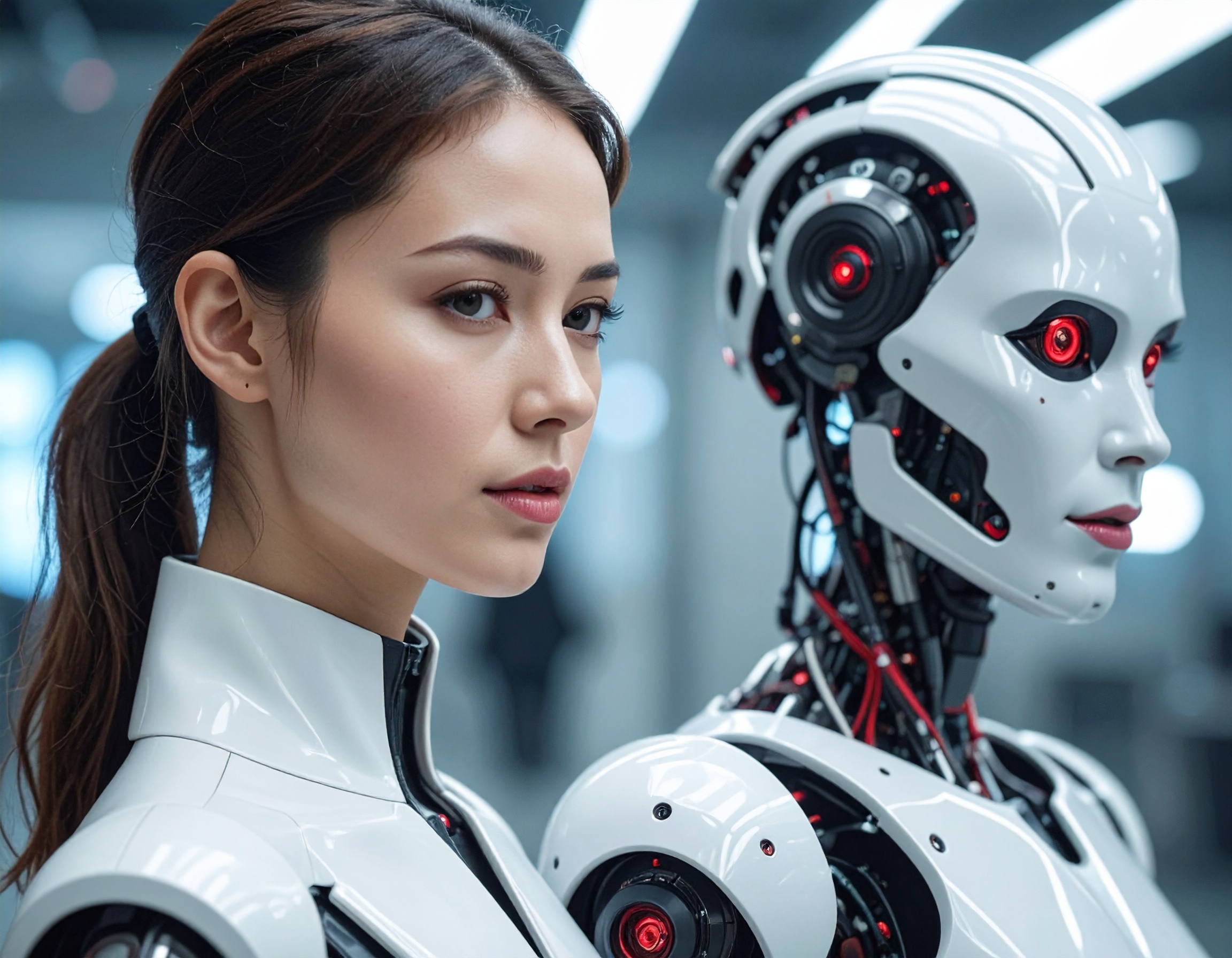China’s New “AI Employee” School: Training Grounds for Non-Human Workers in Wuhan

Opening a Virtual Classroom for Robots
On 30 October 2025, in the Dongxihu district of Wuhan, China unveiled its first simulation-training field built entirely using domestically developed technology — a milestone in the training of non-human workers and “AI Employees”. The facility is based on the home-grown simulation platform MotrixSim, developed by Beijing-based Motphys.
This development is significant because it marks a step away from reliance on foreign simulation engines and towards full self-reliance in building virtual training grounds for robotics and embodied intelligence systems.
Why It Matters & What’s Being Done
Traditionally, training robots (or other non-human workers) in real physical environments has been very costly and data-limited: many robots, teleoperation equipment, and human oversight are needed, so data output remains low.
Simulation offers an alternative, yet it comes with its own challenge: making the virtual world realistic enough so that robots trained there perform well in the real world. In this new facility:
- The MotrixSim engine consumes less than one-tenth the computing power of its foreign rivals, while being compatible with domestic chips and operating systems.
- It supports a wide range of realistic scenarios (e.g., supermarket shopping, restaurant services, home care, industrial operations) where virtual actions correspond to real-world robot actions. E.g., a human in VR picks a drink on a virtual shelf and a real robot picks the same one; or a human folds a virtual quilt and a real robot folds its own.
- Robot manufacturers such as Unitree Robotics and Xinghaitu have already begun trials with MotrixSim.
These factors make the facility a key part of China’s strategy to train, deploy and scale “AI Employees” or embodied intelligence agents that can operate in real-life tasks.

Broader Implications for the Workforce & Technology
What’s especially relevant is that what’s being trained are not just robots in factories but non-human workers designed for many scenarios: home service, retail, industrial tasks. The metaphor of a “virtual school” for robots underscores this.
In short: the facility is preparing the next generation of Voice AI Agents and embodied robots that learn via simulation, scaling up from few real-world examples to many virtual ones. As China builds out its ecosystem, this could reshape how workplaces, service operations and manufacturing integrate AI employees.
It also highlights the strategic importance of domestic innovation: by controlling the full stack — simulation engine, data pipeline, computing platform — China aims to avoid dependency and accelerate development. This has implications globally for robotics, automation, and the changing nature of work.
Key Highlights:
- Wuhan opened a robot simulation training field fully based on home-grown tech.
- The platform used is MotrixSim, derived from Motphys, compatible with domestic chips and operating systems, using <10% computing power of foreign rivals.
- The facility simulates realistic tasks (e.g., supermarket shelves, quilt-folding) where virtual human actions correspond to real robot actions.
- Robot manufacturers like Unitree Robotics and Xinghaitu are already connecting to the simulation platform for trial training.
- The move illustrates China’s push toward self-reliant development of “AI Employees” and non-human workers, and the scaling of embodied intelligence into real-world service and industrial roles.
- The facility signals a broader shift: training robots via simulation to act as Voice AI Agents and non-human workers across sectors, reducing cost and accelerating scale.
Reference:


